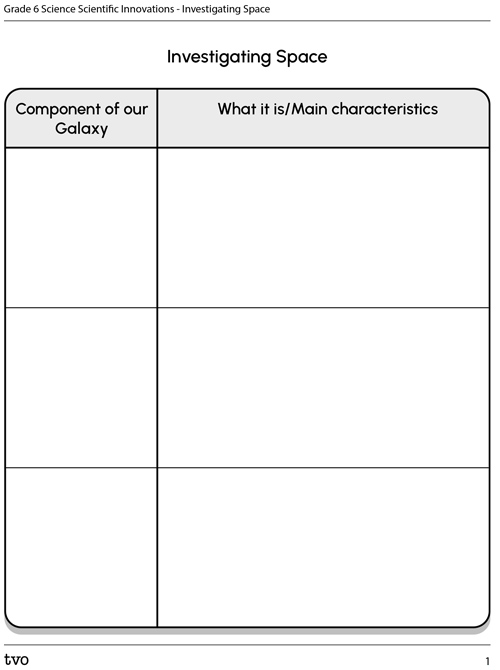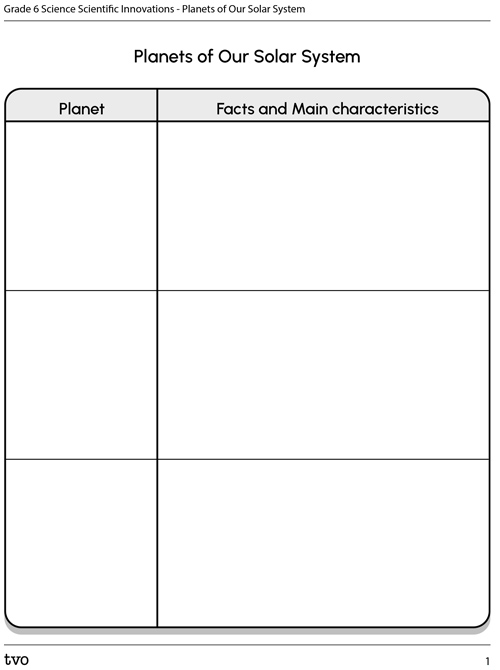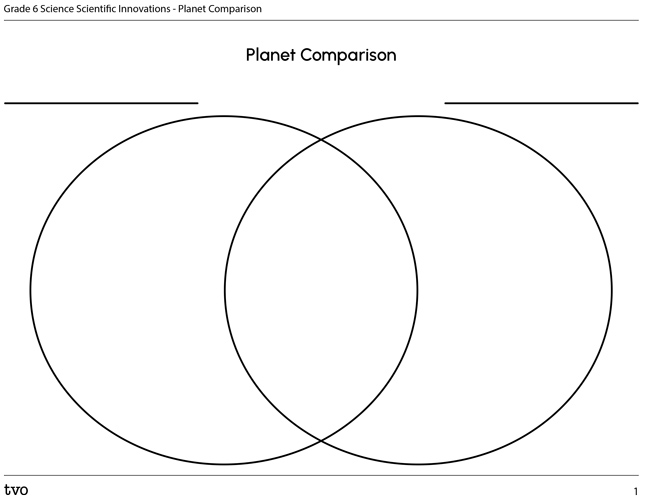Minds On
Observing our sky
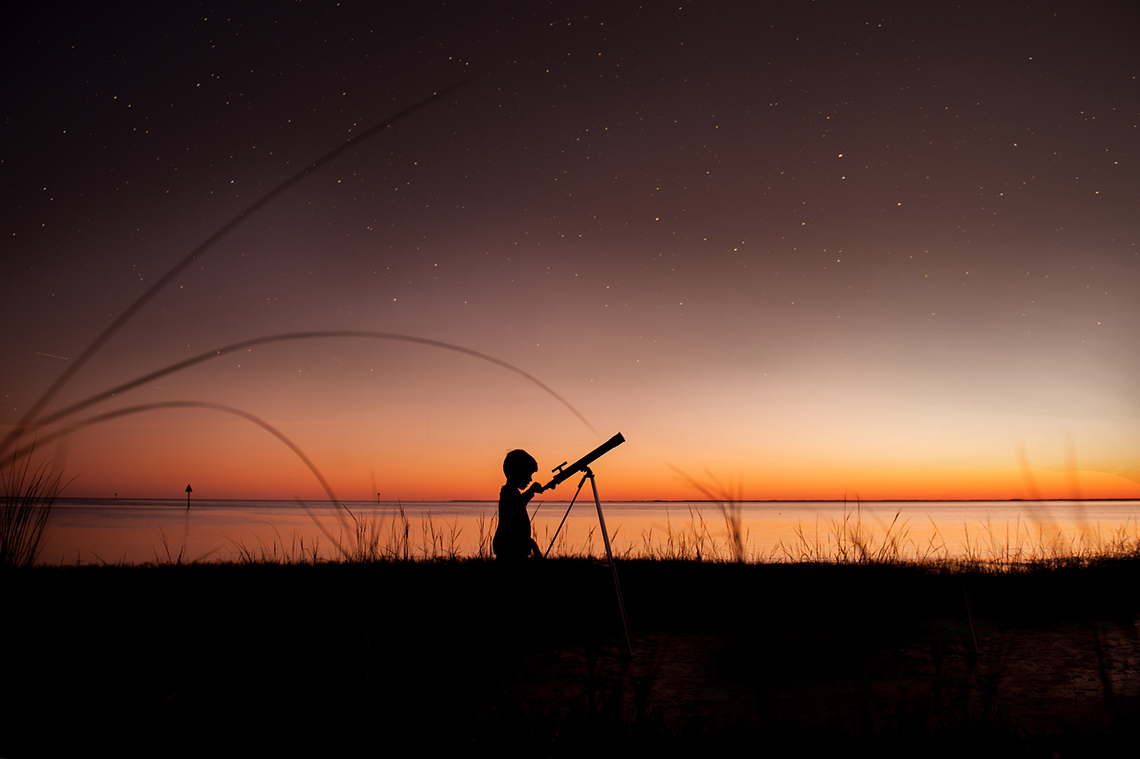
It’s believed that the invention of the telescope happened as far back as the early 1600s, when Italian mathematician, philosopher, scientist, and astronomer Galileo Galilei created an early model to be able to get a closer look at what exactly was up in our night sky.
The complex and often twinkling landscape above us, has had many people, for many years, curious as to what else is out there. Galileo’s early model telescope served as inspiration for many after him who improved upon the design allowing more and more detail to be observed, and more specific observations to be made to help us understand the world that exists in our sky.
Brainstorm
Brainstorm
Consider the following questions. If possible, share your thinking, wonderings and curiosities with a partner, or record them using a method of your choice such as in print, digitally or with an audio recording.
- Have you ever wondered what is up in our night sky?
- How big is space and how far does it extend?
- How many different things or components is space made up of?
- Is there anything beyond the night sky and does it ever end?
Action
Innovation in Canada
This learning activity features emerging technologies, STEM contributions, and Canadian innovations that are making a difference.

Exploring our universe
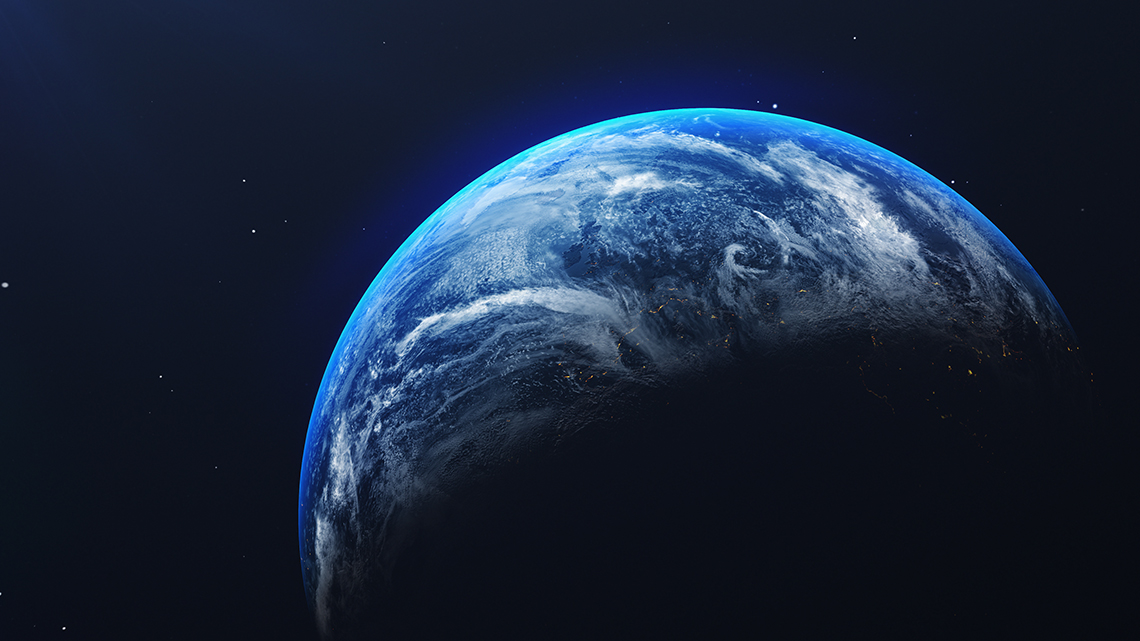
Many people think that the Earth is the centre of the universe, that our planet is so big and so important because we have humanity on it. But Earth is just a small piece of a much, much larger puzzle, it is not the centre of the universe!
Explore this video entitled “What is the Universe?” to learn more about universes and what our universe is made up of.
Check your learning!
Check your understanding of the contents of the universe by selecting the correct answer for each of the following questions, then press “Check Answer” to see how you did.
Our galaxy
Galaxies are huge and there are more than 100 billion galaxies in the universe. Each galaxy is unique, and scientists are always discovering new galaxies, or new elements within existing galaxies.
A galaxy is a large collection of stars and their solar systems, particles of dust, clouds of gas, and many other types of interstellar matter that are all bound to each other by gravity. The Sun is the main star in our solar system, and Earth is just one of the components of its solar system. Our solar system is found in the galaxy called The Milky Way.
Explore this video entitled “Is the Milky Way Made out of Milk?” to learn more about galaxies and our galaxy, the Milky Way, in particular.
Pause and Reflect
Think about it
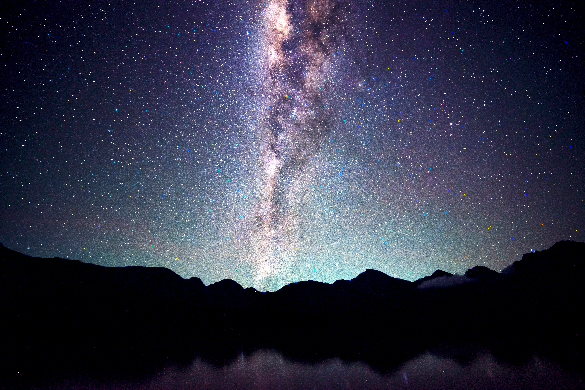
Do you know what our galaxy, the Milky Way, is made up of? Can you list any of the specific components found in the Milky Way?
Record your thinking using a method of your choice, such as in print, digitally or using an audio recording.
Press ‘Hint’ to access a few components to get your list started.
Some of the components of the Milky Way are:
- stars
- planets
- moons
- asteroids
Spotlight on an innovative technology: Hubble Space Telescope
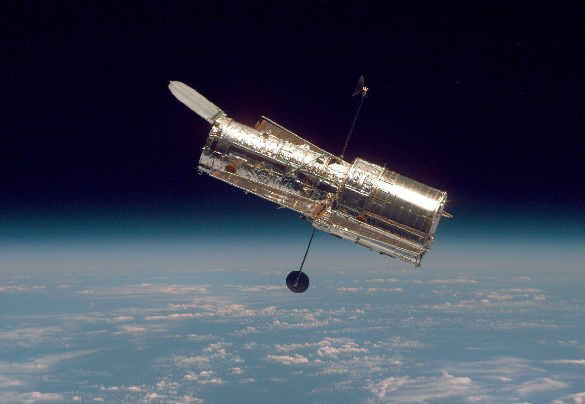
The Hubble Space Telescope, launched by NASA in 1990, is the first large-scale telescope of its kind to orbit Earth. It captures images of our planet, allowing scientists to study many different things such as climate change.
According to NASA:
“The Hubble Space Telescope’s launch and deployment in April 1990 marked the most significant advancement in astronomy since Galileo’s telescope. The first major optical telescope to be placed in space, Hubble operates from the ultimate mountaintop. Far above the distortion of Earth’s atmosphere, clouds and light pollution, Hubble has an unobstructed view of the universe.
Hubble can see far more than what we can with our eyes. Its domain extends from the ultraviolet, through the visible, and to the near-infrared.
The telescope has had a major impact on every area of astronomy, from the solar system to objects at the edge of the universe. Scientists have used Hubble to observe the most distant stars and galaxies as well as the planets in our solar system.” (In Depth | Hubble Space Telescope, 2019).
Investigating space
Let’s investigate the some of the components that make up our galaxy. As you explore the different components, take note of what they are and their key characteristics in your notebook or using a method of your choice.
You may choose to complete the Investigating Space table in your notebook or using the following fillable and printable document. If you would like, you can use speech-to-text or audio recording tools to record your thoughts.
Press the following tabs to learn more about the different components of our galaxy.
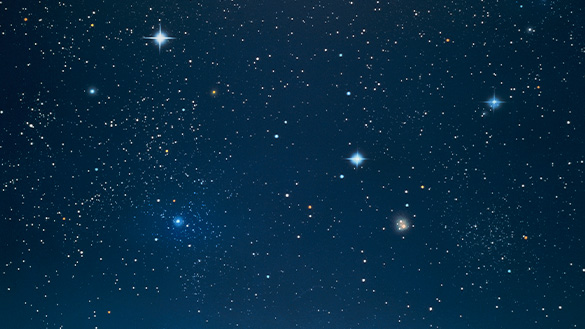
Stars are various sizes, sizes, colour, and brightness. The various temperatures and chemicals found in stars makes the shine different colours.
Stars are glowing balls of gas that are found in groups called galaxies. Most stars are made of hydrogen. The core of the star is very hot. As pressure squeezes the core of the star, some of the hydrogen changes to the gas helium. This energy causes the star to shine.
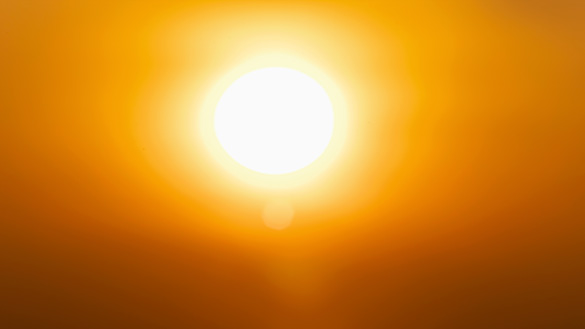
The Sun is a star at the centre of our solar system. It appears bigger than other stars because it is closer in proximity to us.
On the surface of the Sun, there are spots that are dark called sunspots. These are cooler parts of the Sun’s surface. These areas have very strong magnetic fields.
The Sun has a very strong gravitational pull. This pull keeps all of the planets and moons in our solar system.
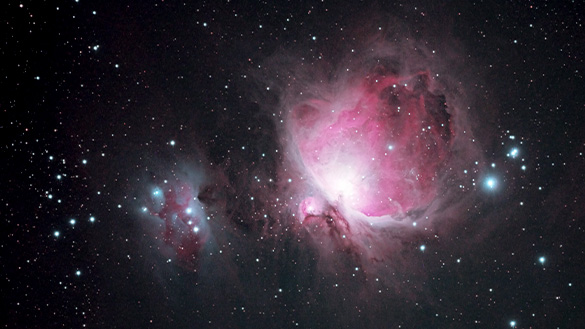
A nebula is a cloud of dust and gas found in space. It can be created from the remains of a dying star.
The plural of nebula is nebulae. Nebulae can be different shapes and colours. They are often visible as dark or light patches of light. The matter within nebulae becomes denser as gravity pulls together the dust and gas. When this happens, stars or planets can be created.
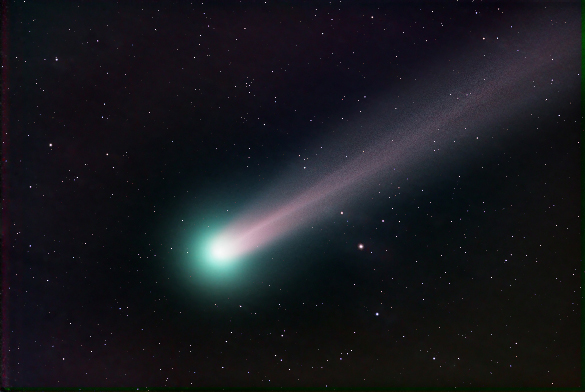
Comets are frozen masses that orbit the Sun and are made up of rock, dust and ice leftover from the formation of our solar system. When a comet’s orbit comes within a certain range of the Sun, a “tail” of dust and gas becomes visible behind the comet’s path.
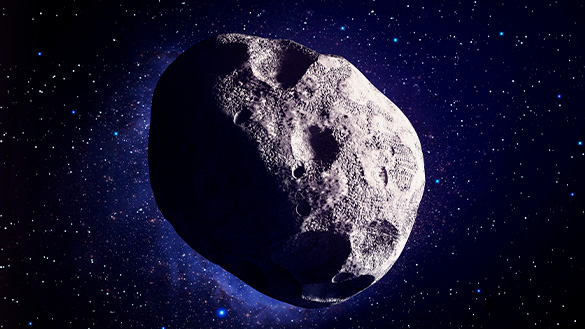
Asteroids are another component that are leftovers from the formation of our solar system, but these dense, rocky pieces are large enough that they are sometimes called “minor planets” (Asteroids, 2022).
Most of the asteroids in our solar system orbit the sun in the asteroid belt – a section of our solar system between Mars and Jupiter that divides the Inner Planets (Mercury, Venus, Earth and Mars) from the Outer Planets, also known as the Gas Giants (Jupiter, Saturn, Uranus and Neptune).
Asteroids. (2022, April 19). NASA Solar System Exploration. https://solarsystem.nasa.gov/asteroids-comets-and-meteors/asteroids/overview/?page=0&per_page=40&order=name+asc&search=&condition_1=101%3Aparent_id&condition_2=asteroid%3Abody_type%3Ailike
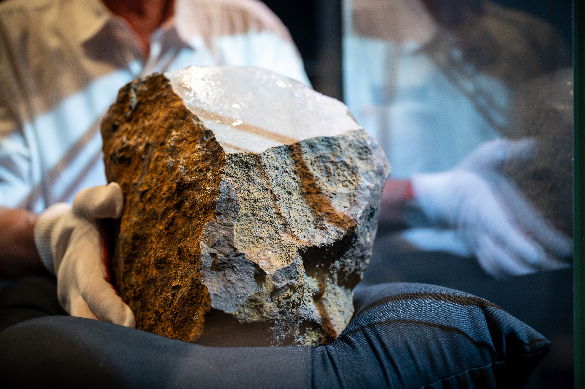
A large stone meteorite found in Germany on display in a museum in 2020.
A meteoroid is a small piece of an asteroid or a comet that are usually by a collision of these items in space. It is a dense, rocky substance that scientists often call “space rocks”.
When a meteoroid enters the Earth’s atmosphere, it transforms into a meteor when the drag created by its high speed and the air in our atmosphere causes the meteoroid to burn up creating a streak of light in its trail. These meteors are what we know as “shooting stars”.
Meteorites are meteoroids that have successfully made the trip through the Earth’s atmosphere and land on Earth. They can vary greatly in size, shape and texture, but generally look like unique rocks! (Meteors & Meteorites, 2021)
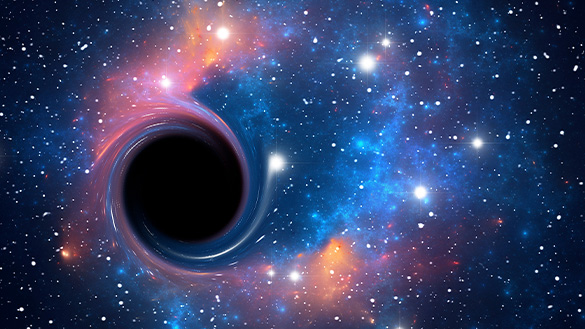
When a large star runs out of energy, the centre of the star collapses under its own weight. This collapse causes an explosion called a supernova. The star is then squeezed into a very small hole. The gravity created in this hole is so strong that anything close to it gets pulled into it. This even includes light which is the fastest substance in the universe! This swallowing of light is what is called a black hole.
Our solar system

Diagram of the solar system. From left to right, starting with a very large orange and yellow Sun appear the following components: four smaller sized planets (starting with Mercury, then Venus, then Earth, then Mars), a dotted circular band called the Asteroid Belt, the largest planet Jupiter, the second-largest planet that also has many rings called Saturn, then two medium-sized planets (first Uranus, then Neptune), followed lastly by another dotted circular band called the Kuiper Belt.
Our solar system is named just that because it revolves around our main star, the Sun, and everything that is drawn to it by gravity. We’ve explored some of the components of our solar system, but now we will focus our investigation on the eight planets within our solar system and some of their characteristics.
Let’s investigate the planets in their order from closest to the Sun, to farthest away.
As you did with the other components of our galaxy, take note of what the different planets are and their key characteristics in your notebook or using a method of your choice.
You may choose to complete the Planets of Our Solar System table in your notebook or using the following fillable and printable document. If you would like, you can use speech-to-text or audio recording tools to record your thoughts.
Press the following tabs to learn more about the planets in our solar system and their main characteristics.
Access this video entitled “Mercury” to learn more about the solar system’s smallest planet!
Access this video entitled “Venus” to learn more about Earth’s twin!
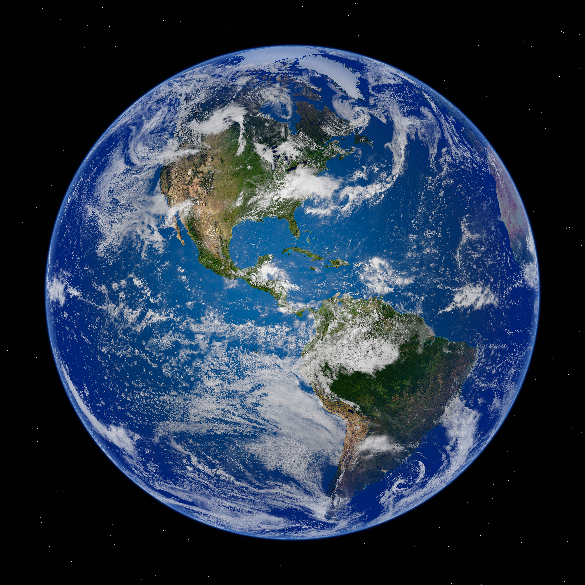
Earth is the third planet from the Sun and the largest of the inner planets. Unlike other planets, it only has one moon. Earth is also the only planet to have liquid water on it as well as many, many different living organisms!
Access this video entitled “Mars” to learn more about one of the most explored planets in our solar system!
Access this video entitled “Jupiter” to learn more about the biggest and fastest spinning planet in our solar system!
Access this video entitled “Saturn” to learn more about the sixth furthest planet from the Sun and explore its icy, rocky rings!
Access this video entitled “Uranus” to learn more about the coldest planet in our solar system!
Access this video entitled “Neptune” to learn more about this cold and slushy blue planet!
Did You Know?
What about Pluto?!
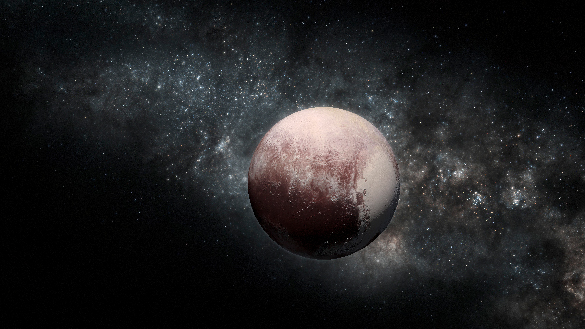
Did you know that Pluto was once considered the ninth planet in our solar system?!
In 2006, scientists and astronomers officially changed Pluto’s status from planet to dwarf planet. There was a lot of controversy surrounding this decision and many people did not agree. Here are the main reasons that the change was made:
- Unlike the eight planets in our solar system, Pluto does not orbit the Sun in an almost perfect circle; Pluto’s orbit follows a more oval-shaped path meaning the Sun is not perfectly centered in its orbit.
- The orbits of the eight planets of our solar system follow clear paths, free of asteroids and other large components. Pluto’s orbit follows a much rockier path through the Kuiper Belt. Other dwarf planets, such as Eris and Makemake, follow a similar rocky orbit and are even similar in size to Pluto which is significantly smaller than the eight planets of our solar system (All About Pluto | NASA Space Place – NASA Science for Kids, 2021).
Comparing planets
Choose two planets and, using a Venn diagram, compare and contrast their characteristics.
Complete Planet Comparison in your notebook or using the following fillable and printable document. If you would like, you can use speech-to-text or audio recording tools to record your thoughts.
Consolidation
Sharing our learning

Choose one of the following options to consolidate your learning and record your thoughts in a method of your choice:
- Make a sketch of the night sky and label the different components such as stars, moon, planets, asteroids (etc.) that you learned about. Using arrows and lines, show how they move in relation to the Sun. Make sure to include some sort of a legend that includes a little bit about each component.
- What celestial object is of greatest interest to you? Using the format of your choice, research and create a detailed report about the object. It could even be an infographic, a set of slides, a poster, etc.
- Research and create a report on the Hubble Space Telescope or other innovations, such as space rovers, that have contributed to our understanding of space and its components.
You may use the following checklist to make sure your work contains the proper information.
Putting it all together
Did I explain my learning by…?
If possible, try and share your finished product with others to help pass along the learning on the wonders that lay in our sky and beyond!
Reflection
As you read through these descriptions, which sentence best describes how you are feeling about your understanding of this learning activity? Press the button that is beside this sentence.
I feel…
Now, record your ideas using a voice recorder, speech-to-text, or writing tool.
